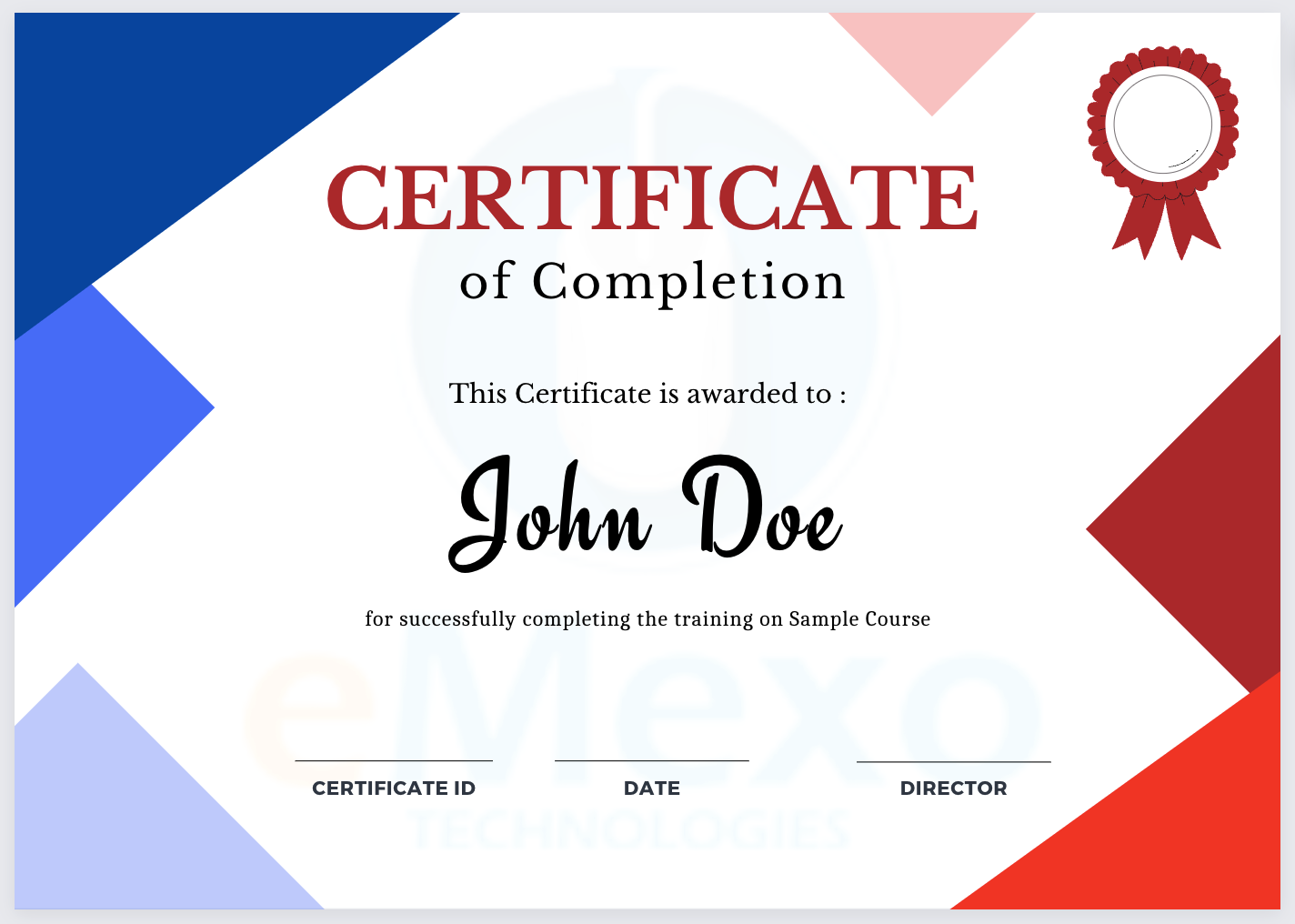Course Overview
Course Content
- History of Testing
- What is Testing
- Why Testing is required
- What is a Defect
- Testing principles
- Quality Assurance and Quality control
- Scope of Testing
- When Should Testing Occur
- Testing Constraints
- Roles of the Software Tester
- Overview on SDLC
- Different Life Cycle models
- Overview on STLC
- AGILE Testing
- Hands-On
- Waterfall
- Prototype
- Spiral
- Incremental(Agile methodology and Scrum Framework)
- V-Model
- Advantages and Disadvantages of each software development life cycle
- Principles of Testing
- STLC –Software Testing Life Cycle
- Difference between Test case, Use case and Scenarios.
- How to prepare test plan and strategy
- How to Prepare test case template?
- Difference between Error, bug, defect, and failure
- Hands-On
- Static Techniques: Importance of reviews in STLC, Review Activities, Roles and Responsibilities during Review
- Dynamic Techniques: Specification-based or black-box techniques, Boundary Value Analysis, Decision Table Testing, Equivalence Partitioning
- Experience-based techniques: Error Guessing, Exploratory Testing
- Hands-On
- Boundary value Analysis
- Equivalence Partitioning
- Decision Table
- State Transition Diagram
- Use Case Testing
- Bug Life cycle
- How to Prepare Bug template?
- Bug Tracking tool
- Types of Testing
- Difference between static and Dynamic testing
- Difference between Functional and Non-functional testing
- Black box testing and its types
- White box testing and its types
- System Integration Testing vs User Acceptance Testing
- Entry Criteria and Exit Criteria
- Test Environment and Test data preparation
- Hands-On
- Levels of Testing: Unit Testing, Integration Testing, System Testing, User Acceptance Testing
- Types of Testing: Regression Testing, Smoke Testing, Database Testing, Load Testing, Performance Testing, Compatibility Testing, Security Testing, Volume Testing, Stress Testing, Usability testing, Internationalization Testing, Localization Testing
- Hands-On







